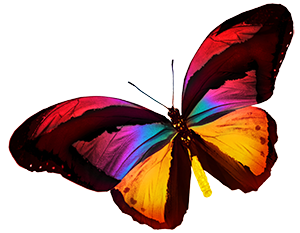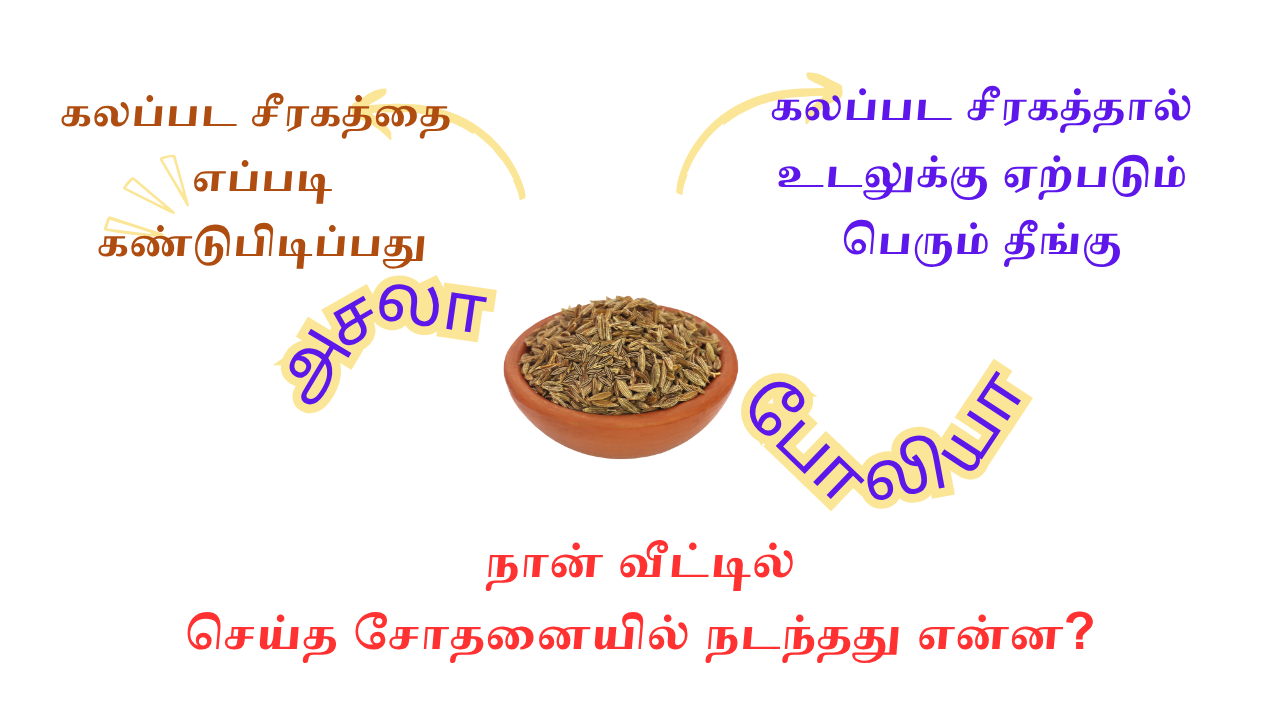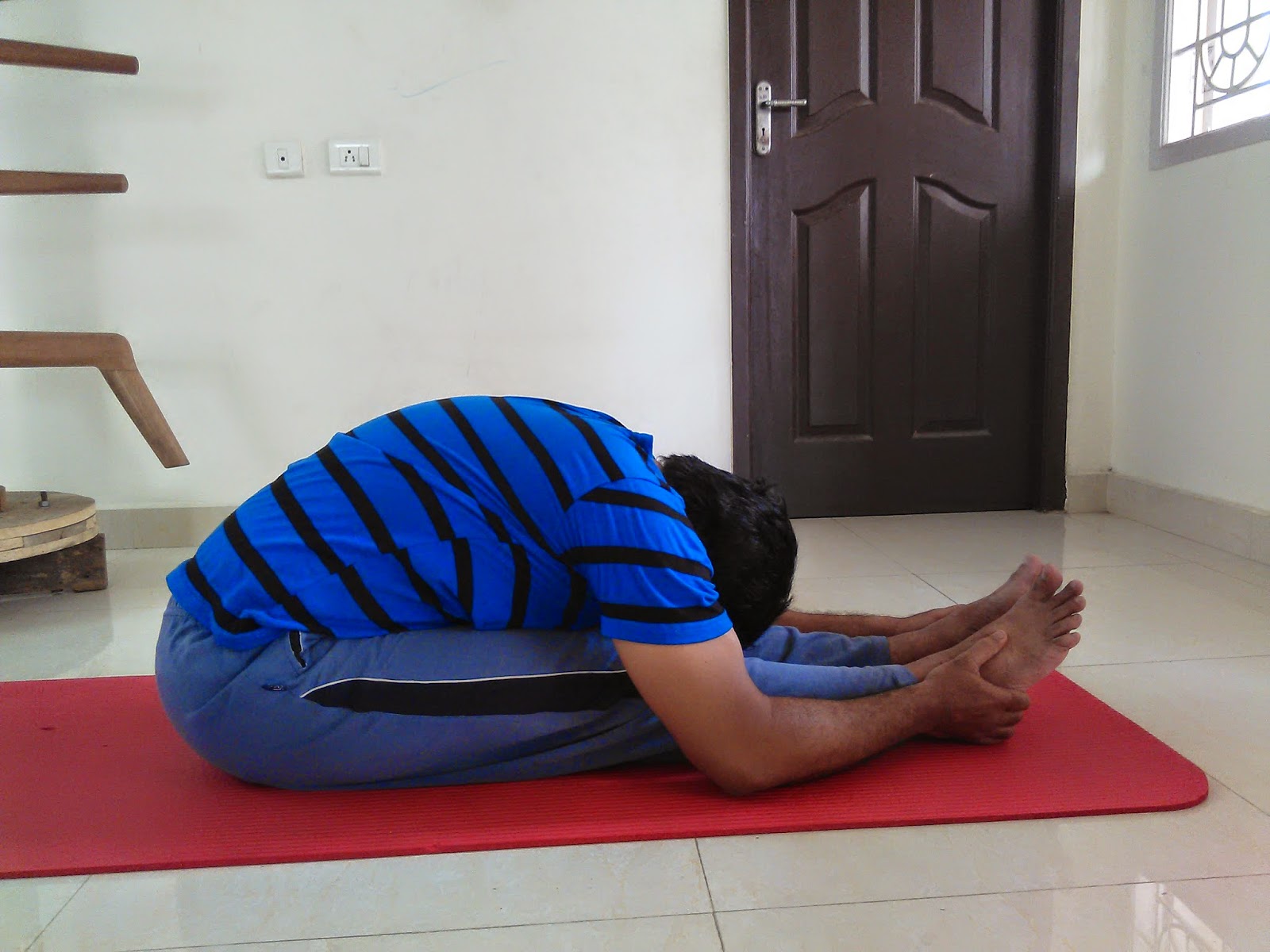![]()
Mint is one of the most commonly grown herbs at home; in fact, their growth can be so overwhelming that they can completely occupy your garden space. There are over 600 varieties of mint. Today's post will be about peppermint.
Properties of Peppermint
Peppermint contains slightly over 40% of menthol, which plays a lead role in various health qualities of the herb. Some of the important properties of peppermint include:
- Antibacterial (destroys and prevents bacteria)
- Anti-inflammatory (reduces swelling and pain)
- Antiviral (destroys and prevents virus)
- Analgesic (reduces pain)
- Antispasmodic (relieves and prevents muscle spasms)
- Antipruritic (relieves itching)
- Antiseptic (prevents growth of microorganisms that cause diseases)
- Antifungal (destroys and prevents fungi)
- Anaesthetic (induces insensitivity to pain)
- Antiulcer (prevents ulcer)
- Expectorant (relieves phlegm)
Medicinal Properties of Peppermint
The culinary avatar of peppermint needs no special mention. Here are some of the medicinal qualities of peppermint:
- Relieves cold and cough
- Cures indigestion
- Relieves bloating
- Cures nausea and vomiting
- Relieves menstrual pain
- Practicing the pose helps to relieve headache.
- Improves teeth health; aids in curing cavity
- Heals cracks and pain in breasts in nursing mothers
- Relieves itching and burning sensation in skin
- Helps to cure muscular spasm
- Boosts memory power
- Practicing the pose helps to relieve stress.






